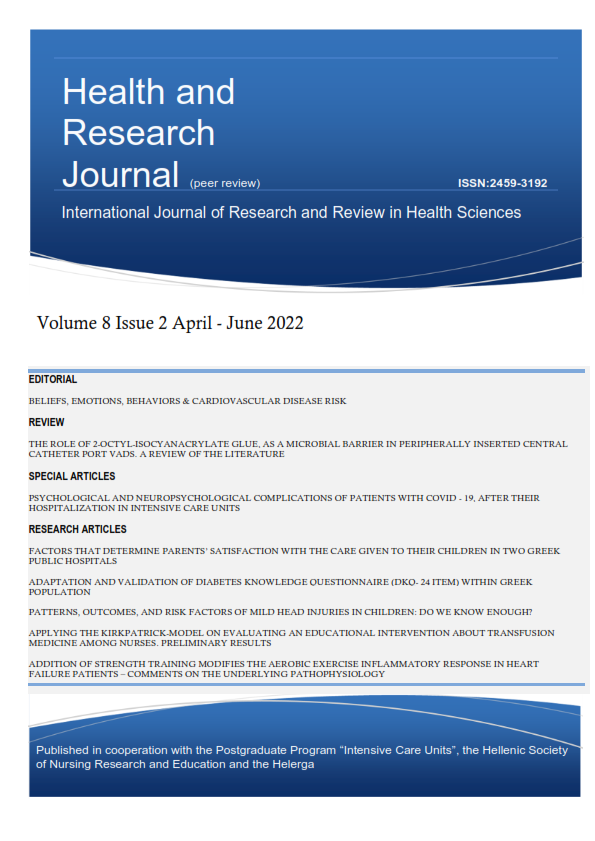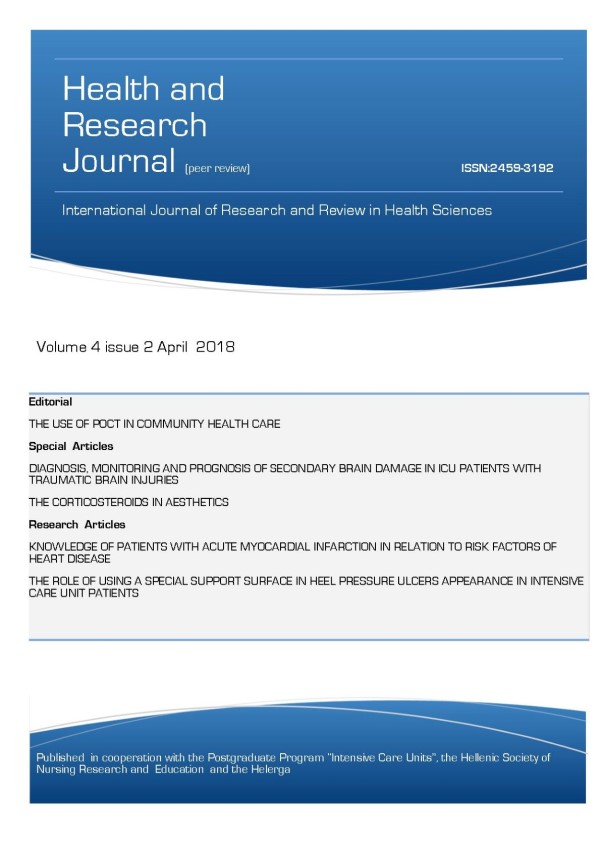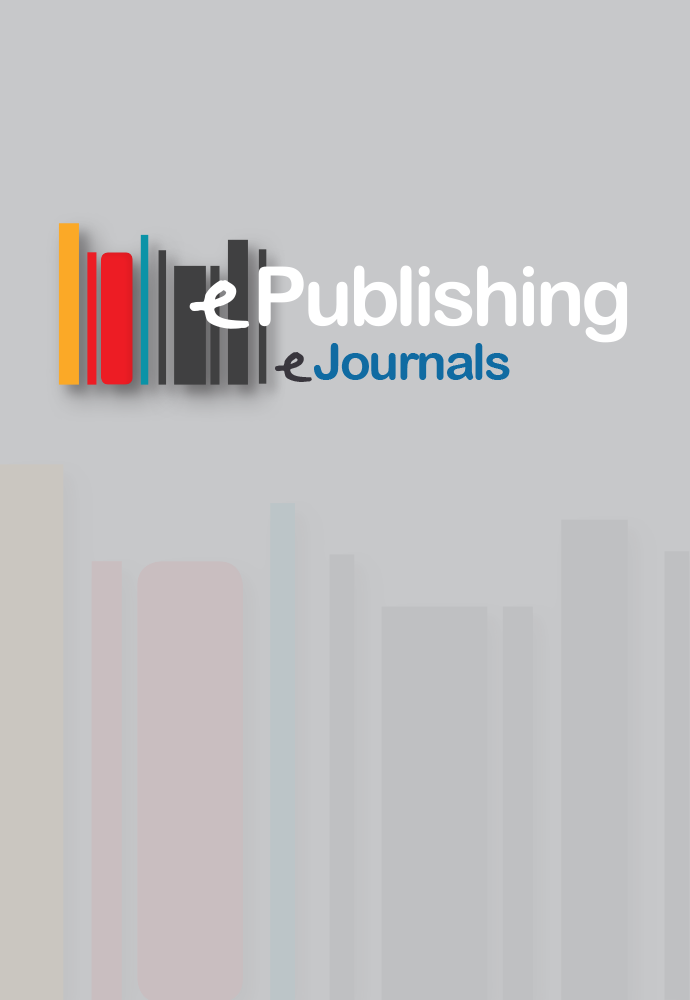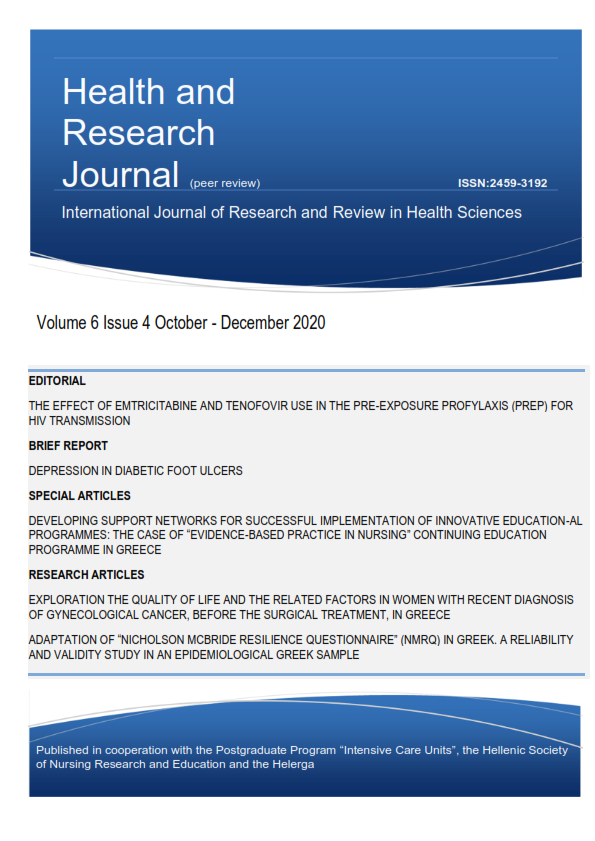Anatomical variations of forearm arteries: A literature review

Abstract
Introduction: The formation of the arterial system of the upper limb takes place in several stages during embryonic development. Several arterial variations in the branching pattern are observed and studied. It is suggested that arterial variants of the arm and forearm arise through the persistence, enlargement and differentiation of parts of the initial arterial network which would normally remain as capillaries or even regress. The present review aims at the anatomical approach of the arm and forearm with special reference to the variations of the arteries in these anatomical areas.
Methods: We conducted a search of reviews using the PubMed Database and the Book of Radiology by Wacker F. et al (2017) referring to the anatomical variants of the forearm and their frequency in the general population.
Results: Regular hematosis of the forearm (with the presence of the radial, the ulnar and the interosseous artery) was studied in 81 out of 100 bodies at the Laboratory of the Descriptive Anatomy of the Medical School, University of Athens. All the forearm’s arteries ramify from the brachial artery at 68%. All the forearm’s arteries ramify from the superficial brachial artery at 7%. Forearm’s superficial arteries are present in 10%. Presence of the median artery (embryo remnant) is found at a rate of 9%.
Conclusions: The anatomical variants of the arteries of the arm and forearm are related to the clinical practice. The deeper knowledge of the above anatomical variants of the arteries is especially important for surgeons, when they perform invasive procedures, such as the elevation of radial forearm flap or dermal flap. It is also of great importance for radiologists and orthopaedic and plastic surgeons for the proper design of surgical procedures involving the arteries of the upper limb. Finally, the peripheral branch pattern of the brachial artery is important for vascular surgeons.
Article Details
- How to Cite
-
Chrysoglou, C.-L., Michalis, I., Goula, M., & Troupis, T. (2022). Anatomical variations of forearm arteries: A literature review. Health & Research Journal, 8(2), 80–89. https://doi.org/10.12681/healthresj.30133
- Section
- Reviews
Copyright notice:
The journal "Health and Research Journal" reserves the rights for copyright of the content of the website and also the copyright of the articles published.
By virtue of their appearance in this journal, the articles are free to be used for non-commercial purposes. However, the articles cannot and must not be used in anyway, published elsewhere or modified without any reference to the author and the first publication of the article.






